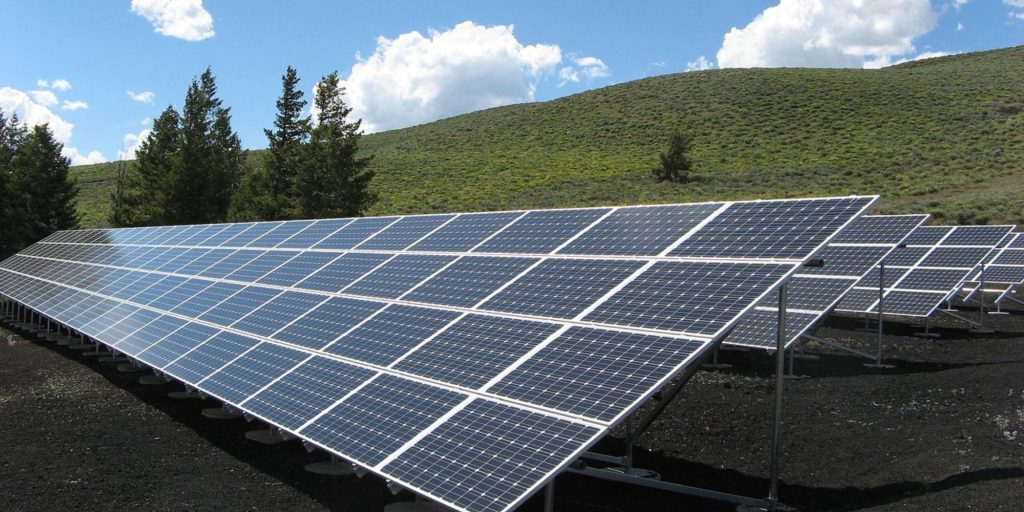The elective pay provisions in the IRA offer rural electric co-ops, municipalities, and other entities an opportunity to receive direct cash funding to build renewable energy projects.
An often overlooked provision of the Inflation Reduction Act (IRA) that can have a major impact on renewable energy development is the passage of “direct pay” tax credits for public and not-for-profit entities. Section 1647 of the IRA provides tax-exempt entities the opportunity to receive direct cash funding in the form of a refund to build a variety of renewable energy projects.
Direct pay (officially called “elective pay” by the IRS) is a big deal for rural electric cooperatives, not-for-profits, states, local governments, tribal governments and public institutions. Before direct pay went into effect, these organizations would have to work with a private company to take advantage of any government tax credits for clean energy projects. Now they can cut out the middleman and avoid complicated contracts to receive these benefits directly as a refund when they file their taxes. And thanks to direct pay provisions, RECs can now own new energy projects outright, leading to more jobs and energy production at the local level.
“Thanks to direct pay provisions, RECs can now own new energy projects outright, leading to more jobs and energy production at the local level.“
Final rules were released by the Treasury Department in March of 2024, but any projects completed in the 2023 tax year are eligible for direct pay. There are already several examples of tax-exempt entities taking advantage of this provision:
- Tri-State (a generation & transmission coop) is “pursuing the maximum amount of funding available” to finance solar generation and storage using direct pay and other federal programs.
- The municipality of San Antonio is using direct pay for a 30-40% offset of costs on a multi-site 13MW solar project, saving the city $10 million in energy costs over the panels lifetime.
- A co-op in Texas has used tax credits to support a battery storage subscription project which provides participating members “whole house” power for 8 hours during outages.
While there are 10 categories eligible under Section 1647, we expect and advocate for rural communities and cooperatives to take advantage of the “clean energy production” and “clean energy investment” provisions. These would be used for any solar or wind projects they may develop, along with energy/battery storage and microgrid controllers.
Keep up to date with grassroots organizing in the West with WORC’s newsletter.
Organizations should also consider the credit for purchase of electric vehicles and charging stations. These are excellent opportunities for cooperatives and local governments to upgrade their vehicle fleet and showcase the power of EV charging at their offices.
WORC has produced two guides to help people learn more about these programs and how to take advantage of them. The first is a 2-page overview that can be used as a primer for any tax-exempt organization. The second is a 5-page report specifically for rural electric cooperatives to learn more about the various options and add-on credits that they can use to cover up to 70% of project costs.
Learn more:
Rural Electric Co-ops are critical to fighting climate change. Here’s why.
Dakota Rural Action wins solar battle against investor-owned Black Hills Energy

Yes, I want to help WORC elevate Western voices and hold decision-makers accountable!





